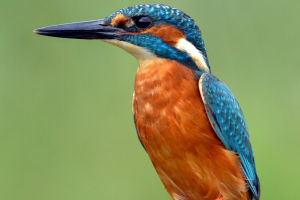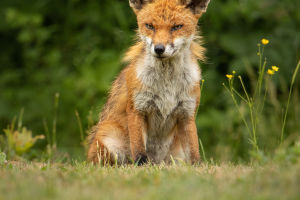Can goats and sheep be crossed? Are there any successful cases?
Goats and sheep are so similar, but in reality, it is very difficult to produce offspring, and there are only a few successful cases in the world's guide, so let's analyze the following aspects of crossbreeding goats and sheep.
From a theoretical point of view, there is reproductive isolation and successful crossbreeding between goats and sheep is not possible.
Although goats and sheep are called sheep, but their kinship is more distant, just like horses and donkeys look more similar, but is a different genera of animals.
The most fundamental manifestation of this is the difference in the number of chromosomes between goats and sheep.
With 60 chromosomes in goats and 54 in sheep, which is the fundamental reason why sheep and goats cannot produce offspring.
Therefore, from a genetic breeding point of view, a cross between the two under natural conditions will not produce offspring, and if the offspring are produced by some means of promoting germ-cell fusion, they will not be able to reproduce.
However, in practice, there are cases of successful crossbreeding between goats and sheep under natural conditions.
When sheep and goats are put together, it is usually the case that the goats look for the goats to mate and the sheep look for the sheep to mate, but when male sheep and female goats are bred together, there will be a mating of the two species.
However, the chance of fertilization is very small, and even if fertilization is successful, two months later it will result in fetal death and premature birth.
It is even more difficult to fertilize a male goat and a female sheep together because the female sheep's uterus is more resistant to the product of their union.
But the world is a big place, and the first case is a goat and sheep offspring that appeared in Botswana.
This offspring, a male cross, was slaughtered by the farmer after growing five years old because of his high sex drive and frequent harassment of the flock.
In the second case, a male sheep and a female goat produced two offspring, one male and one female, in 1976. The male offspring was lost and the female offspring were used for scientific research.
The third case is the most widely reported Lisa in Germany, and there are many photos of Lisa on the Internet for those who are interested.
In the laboratory, there is another kind of "hybrid offspring" of goats and sheep.
These are called "chimeras," which are difficult to find in animals and are not evaluated in this species because of the ethical implications.
It is because of reproductive isolation that nature maintains the diversity of species that make up our beautiful and colorful world.
But it is also because of this occasional "distant hybrid" breakthrough that new species can be created, such as the ancestor of wheat, which is the result of a natural distant hybridization of three different goat grasses and dogwoods.


